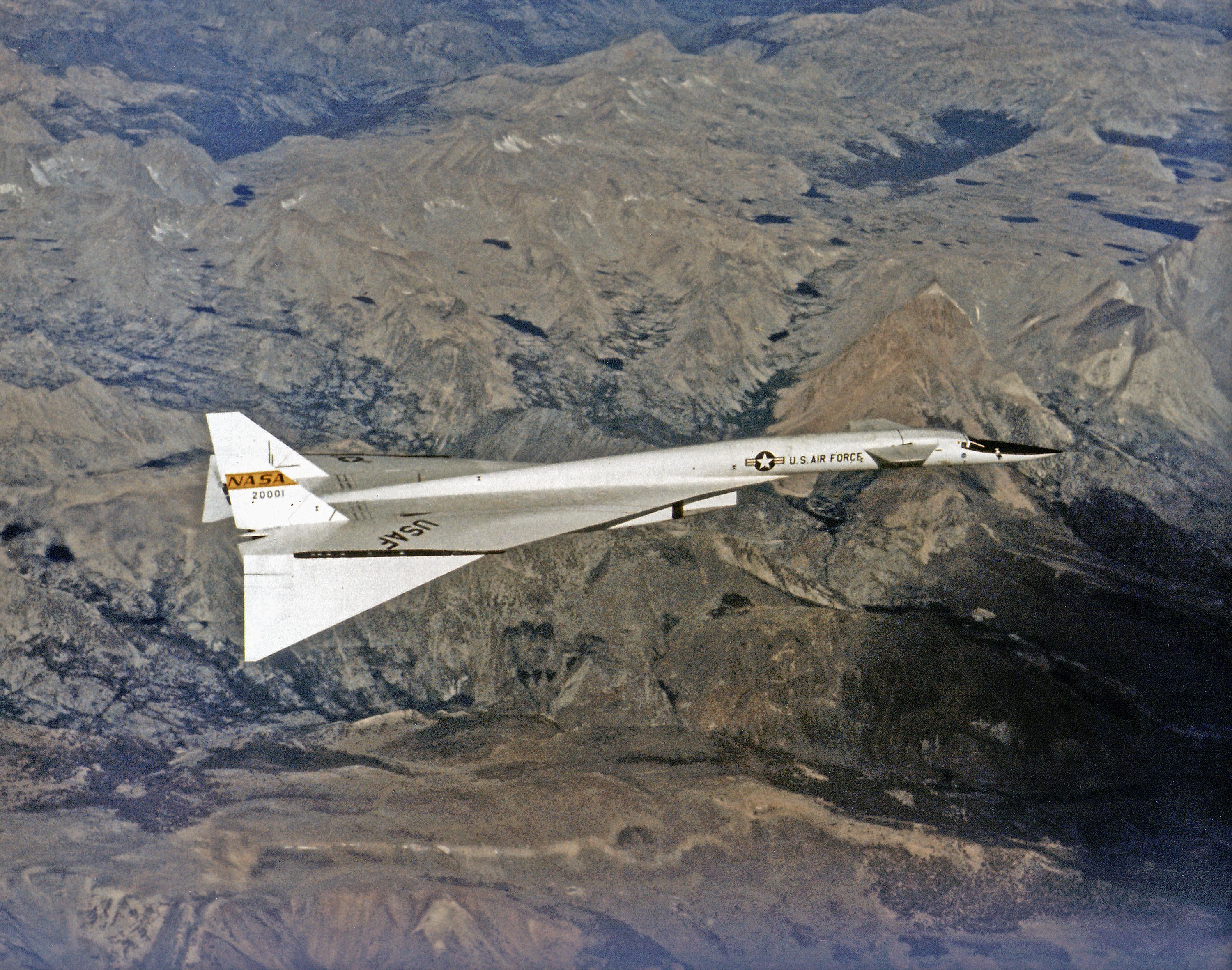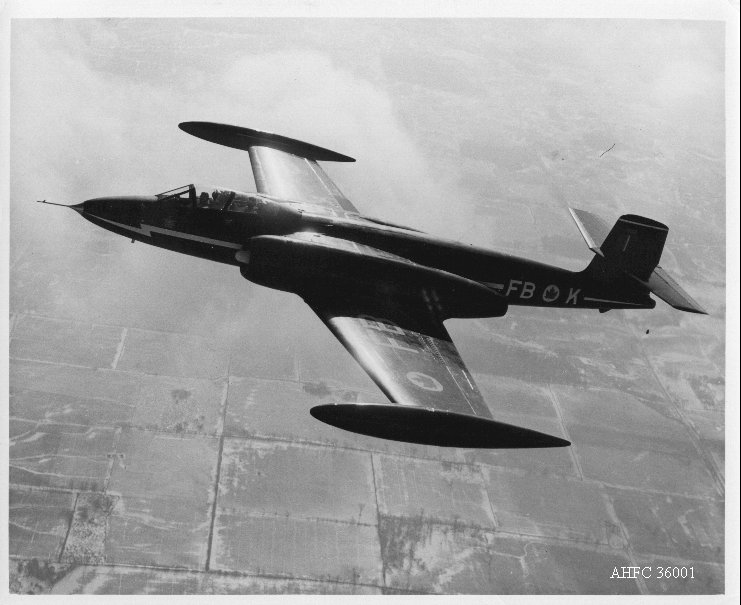|
Cruciform Tail
The cruciform tail is an aircraft empennage configuration which, when viewed from the aircraft's front or rear, looks much like a cross. The usual arrangement is to have the tailplane, horizontal stabilizer intersect the vertical tail somewhere near the middle, and above the top of the fuselage. The design is often used to locate the horizontal stabilizer away from jet exhaust, propeller and wing wake, as well as to provide undisturbed airflow to the rudder. Prominent examples of aircraft with cruciform tails include the Avro Canada CF-100 Canuck, the British Aerospace Jetstream 31, the MiG-15, the Fairchild Swearingen Metroliner, and the Rockwell B-1 Lancer. See also * Pelikan tail * T-tail * Twin tail * V-tail References {{Aircraft components Cruciform tail aircraft, ... [...More Info...] [...Related Items...] OR: [Wikipedia] [Google] [Baidu] [Amazon] |
British Aerospace Jetstream 31
The British Aerospace Jetstream is a small twin turboprop airliner, with a pressurised fuselage, developed as the ''Jetstream 31'' from the earlier Handley Page Jetstream. A larger version of the Jetstream was also manufactured, the British Aerospace Jetstream 41. Development Scottish Aviation had taken over production of the original Jetstream design from Handley Page, and when it was nationalised along with other British companies into British Aerospace (later BAE Systems) in 1978, British Aerospace decided the design was worth further development, and started work on a "Mark 3" Jetstream. As with the earlier 3M version for the USAF, the new version was re-engined with newer Garrett turboprops (now Honeywell TPE331) which offered more power (flat rated to 1,020 shp/760 kW with a thermodynamic limit of 1,100 shp/820 kW) and longer overhaul intervals over the original Turbomeca Astazou engines. This allowed the aircraft to be offered in an 18-seat opti ... [...More Info...] [...Related Items...] OR: [Wikipedia] [Google] [Baidu] [Amazon] |
Twin Tail
A twin tail is a type of vertical stabilizer arrangement found on the empennage of some aircraft. Two vertical stabilizers—often smaller on their own than a single conventional tail would be—are mounted at the outside of the aircraft's horizontal stabilizer. This arrangement is also known as an H-tail,Schiff, Barry: ''Flying'', page 15. Golden Press, New York, 1971. Library of Congress 78-103424 as it resembles a capital "H" when viewed from the rear. The twin tail was used on a wide variety of World War II multi-engine designs that saw mass production, especially on the American B-24 Liberator and B-25 Mitchell bombers, the British Avro Lancaster and Handley Page Halifax heavy bombers, and the Soviet Union's Petlyakov Pe-2 attack bomber. It can be easily confused for the similarly named twin-boom (or "double tail") arrangement, which has two separate tail-booms from the same fuselage rather than a single tail with twin stabilizers (a singular "twin tail" vs. two identic ... [...More Info...] [...Related Items...] OR: [Wikipedia] [Google] [Baidu] [Amazon] |
T-tail
A T-tail is an empennage wikt:configuration, configuration in which the tailplane of an aircraft is mounted to the top of the vertical stabilizer, fin. The arrangement looks like the capital letter T, hence the name. The T-tail differs from the standard configuration in which the tailplane is mounted to the fuselage at the base of the fin. Advantages T-tails were common in early jet aircraft. Designers were worried that an engine failure would otherwise damage the horizontal tail. The T-tail is very common on aircraft with engines mounted in nacelles on a Wing_configuration#Number_and_position_of_main_planes, high-winged aircraft or on aircraft with the engines mounted on the rear of the fuselage, as it keeps the tail clear of the jet exhaust. Rear-mounting the engines keeps the wings clean and improves short-field performance. This was necessary in early jet aircraft with less powerful engines. T-tail aircraft can have better short-field performance, such as on the Bri ... [...More Info...] [...Related Items...] OR: [Wikipedia] [Google] [Baidu] [Amazon] |
Pelikan Tail
The Pelikan tail is an experimental tail design for fighter jets. It was originally conceived by Ralph Pelikan, who was hired by McDonnell Aircraft, later worked for McDonnell Douglas after the merger of McDonnell with Douglas and, after another merger, retired from Boeing. However, it has been considered or included in design specifications in the McDonnell Douglas BAE Joint Strike fighter (JSF) design which was eliminated before prototype stage Advantages and disadvantages The Pelikan design differs from the typical layout of flight control surfaces and empennage (incorporating ailerons on the wing, a horizontal stabilizer with elevators and a vertical stabilizer with a rudder), in that it uses only two moveable surfaces in order to achieve control of pitch, yaw and roll. When evaluated by Boeing engineers in October 1998 while designing what became the X-32, they found advantages of greater pitch control at high angles of attack and that two tail surfaces would have a lowe ... [...More Info...] [...Related Items...] OR: [Wikipedia] [Google] [Baidu] [Amazon] |
Rockwell B-1 Lancer
The Rockwell B-1 Lancer is a supersonic variable-sweep wing, heavy bomber used by the United States Air Force. It has been nicknamed the "Bone" (from "B-One"). , it is one of the United States Air Force's three strategic bombers, along with the B-2 Spirit and the B-52 Stratofortress. It is a heavy bomber with up to a 75,000-pound (34,000 kg) of payload. The B-1 was first envisioned in the 1960s as a bomber that would combine the Mach 2 speed of the B-58 Hustler with the range and payload of the B-52, ultimately replacing both. After a long series of studies, North American Rockwell (subsequently renamed Rockwell International, B-1 division later acquired by Boeing) won the design contest for what emerged as the B-1A. Prototypes of this version could fly Mach 2.2 at high altitude and long distances and at Mach 0.85 at very low altitudes. The program was canceled in 1977 due to its high cost, the introduction of the AGM-86 cruise missile that flew the same basic speed ... [...More Info...] [...Related Items...] OR: [Wikipedia] [Google] [Baidu] [Amazon] |
Fairchild Swearingen Metroliner
The Fairchild Swearingen Metroliner (previously the Swearingen Metro and later Fairchild Aerospace Metro) is a 19-seat, Cabin pressurization, pressurized, twin-turboprop airliner first produced by Sino Swearingen Aircraft Corporation, Swearingen Aircraft and later by Fairchild Aircraft at a plant in San Antonio, Texas. Design The Metroliner was an evolution of the Swearingen Merlin turboprop-powered business aircraft. Ed Swearingen, a Texas fixed-base operator, started the developments that led to the Metro through gradual modifications to the Beechcraft Twin Bonanza and Beechcraft Queen Air, Queen Air business aircraft, which he dubbed Excalibur. A new fuselage (but with a similar nose) and Vertical stabilizer, vertical fin were then developed, married to salvaged and rebuilt (Fuel tank#Aircraft, wet) Queen Air wings and Horizontal stabilizer, horizontal tails, and Twin Bonanza landing gear; this became the SA26 Merlin, more or less a Cabin pressurization, pressurized Excalibu ... [...More Info...] [...Related Items...] OR: [Wikipedia] [Google] [Baidu] [Amazon] |
MiG-15
The Mikoyan-Gurevich MiG-15 (; USAF/DoD designation: Type 14; NATO reporting name: Fagot) is a jet fighter aircraft developed by Mikoyan-Gurevich for the Soviet Union. The MiG-15 was one of the first successful jet fighters to incorporate swept wings to achieve high transonic speeds. In aerial combat during the Korean War, it outclassed straight-winged jet day fighters, which were largely relegated to ground-attack roles. In response to the MiG-15's appearance and in order to counter it, the United States Air Force rushed the North American F-86 Sabre to Korea.Thompson, Warren. ''Flight Journal'', December 2002. Retrieved: 30 June 2011. When refined into the more advanced MiG-17, the basic design would again surprise the West when it proved effective against supersonic fighters such as the Republic F-105 Thunderchief and McDonnell Douglas F-4 Phantom II in the Vietnam War of the 1960s. The MiG-15 is believed to have been one of the most produced jet aircraft with more th ... [...More Info...] [...Related Items...] OR: [Wikipedia] [Google] [Baidu] [Amazon] |
Avro Canada CF-100 Canuck
The Avro Canada CF-100 Canuck (affectionately known as the "Clunk") is a Canadian twinjet interceptor/ fighter designed and produced by aircraft manufacturer Avro Canada. It has the distinction of being the only Canadian-designed fighter to enter mass production. Work commenced in October 1946 in response to a Royal Canadian Air Force (RCAF) specification calling for a new jet-powered interceptor/fighter aircraft suitable for long-distance patrol missions and all-weather operations. On 19 January 1950, the CF-100 Mark 1 prototype, 18101, conducted its maiden flight, powered by a pair of Rolls-Royce Avon RA 3 turbojet engines. Both pre-production and production series aircraft were powered by the domestically-developed Avro Orenda engine instead. Flight testing proved the CF-100 to possess a relatively short takeoff run and a high climb rate, making it well suited to its role as an interceptor. On 18 December 1952, Squadron Leader Janusz Żurakowski, the Avro company chie ... [...More Info...] [...Related Items...] OR: [Wikipedia] [Google] [Baidu] [Amazon] |
Rudder
A rudder is a primary control surface used to steer a ship, boat, submarine, hovercraft, airship, or other vehicle that moves through a fluid medium (usually air or water). On an airplane, the rudder is used primarily to counter adverse yaw and p-factor and is not the primary control used to turn the airplane. A rudder operates by redirecting the fluid past the hull or fuselage, thus imparting a turning or yawing motion to the craft. In basic form, a rudder is a flat plane or sheet of material attached with hinges to the craft's stern, tail, or afterend. Often rudders are shaped to minimize hydrodynamic or aerodynamic drag. On simple watercraft, a tiller—essentially, a stick or pole acting as a lever arm—may be attached to the top of the rudder to allow it to be turned by a helmsman. In larger vessels, cables, pushrods, or hydraulics may link rudders to steering wheels. In typical aircraft, the rudder is operated by pedals via mechanical linkages or hydraulics. H ... [...More Info...] [...Related Items...] OR: [Wikipedia] [Google] [Baidu] [Amazon] |
Fuselage
The fuselage (; from the French language, French ''fuselé'' "spindle-shaped") is an aircraft's main body section. It holds Aircrew, crew, passengers, or cargo. In single-engine aircraft, it will usually contain an Aircraft engine, engine as well, although in some amphibious aircraft the single engine is mounted on a hardpoint, pylon attached to the fuselage, which in turn is used as a floating Hull (watercraft), hull. The fuselage also serves to position the Flight control surfaces, control and Stabilizer (aeronautics), stabilization surfaces in specific relationships to Wing, lifting surfaces, which is required for aircraft stability and maneuverability. Types of structures Truss structure This type of structure is still in use in many lightweight aircraft using welding, welded steel tube trusses. A box truss fuselage structure can also be built out of wood—often covered with plywood. Simple box structures may be rounded by the addition of supported lightweight strin ... [...More Info...] [...Related Items...] OR: [Wikipedia] [Google] [Baidu] [Amazon] |









